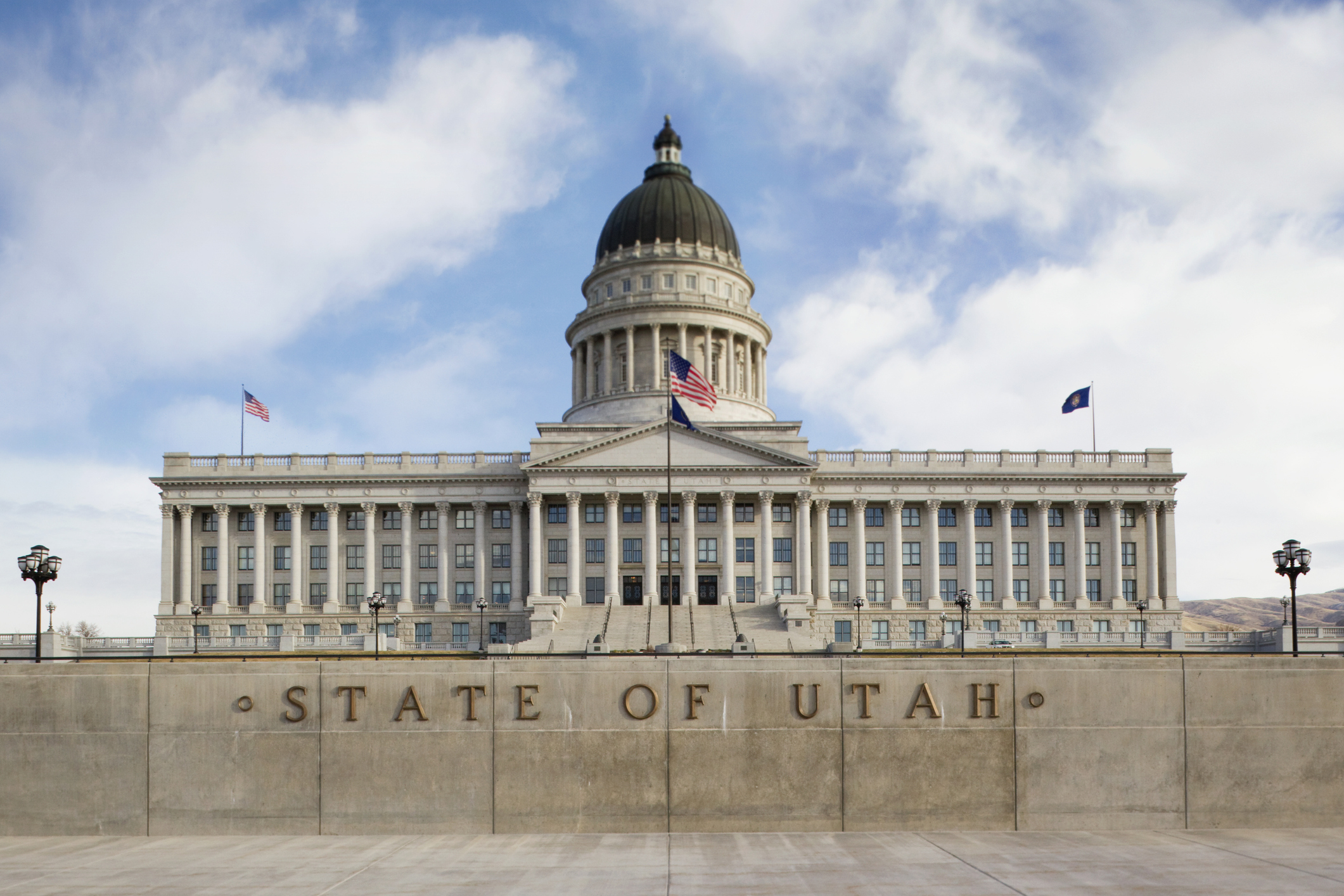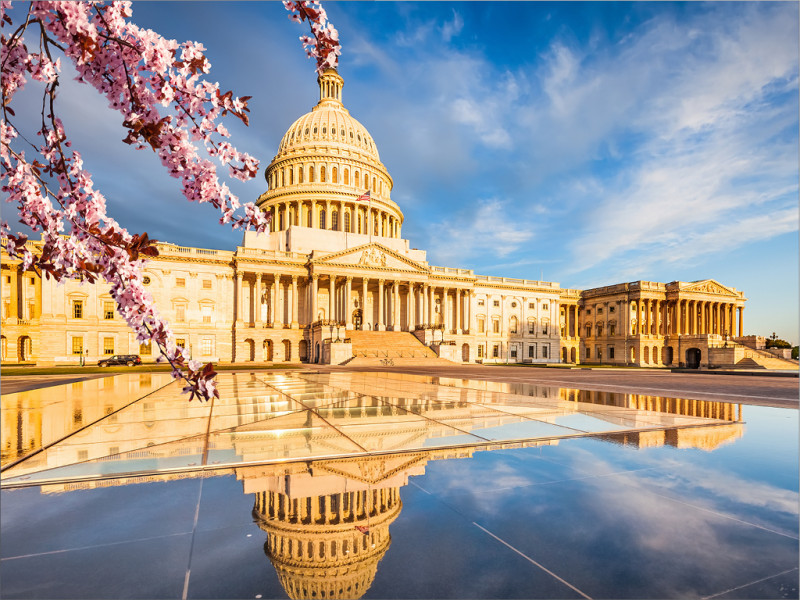A borrower’s bankruptcy filing can be one of the biggest headaches lenders face.
Bankruptcy protection is designed to give a debtor, whether an individual or a business, a fresh start. Although in some cases bankruptcy may result in losses to lenders, generally the societal benefits of this fresh start greatly outweigh those small losses.
The wisdom of that design, however, extends only as far as the societal benefits do, in fact, outweigh the losses. In the case of the typical borrower in our commercial lending industry—an LLC or corporation owning a 1-4 family residential property—the benefit/loss calculus is much different.
In the eyes of private lenders, borrowers benefit greatly from current bankruptcy laws. Borrowers who file a bankruptcy petition generally do so on the eve of a foreclosure sale in order to stall the foreclosure. This gives the borrower more time to negotiate a deal with the lender. There are, however, those few who file solely for spite—a clear abuse of an otherwise useful system.
These delay tactics can backfire because a bankruptcy hurts a borrower’s chances to refinance, can derail a potential sale of their property, and add extra costs to their loan payoff. These petitions are often eventually dismissed, or relief is granted to the lender due to the abusive nature of the filing, though the damage is already done.
The losses to the lender are greater because (1) the cost of capital is much higher and (2) the lender requires a larger volume of new loans to make up for the single loss compared to a bank or credit union, which can absorb the losses with fewer new loans. Finally, there are likely greater losses than benefits to society at large since the real estate asset is tied up in bankruptcy and will be unable to contribute to the housing needs of the community.
Understanding SARE Cases
In 1994, Congress amended the bankruptcy code. Among other things, the requirements for a debtor in a Single Asset Real Estate (SARE) case were tightened. Borrower-debtors who file bankruptcies classified as SARE cases have moderately heightened requirements they must follow through on more quickly to avoid dismissal or a lender-creditor’s relief from the automatic stay. Among the requirements are the debtor’s filing of a reasonably confirmable plan (if Chapter 11 filing) or their resumption of non-default-rate interest payments.
Although these requirements are helpful, there are significant limitations with both their application and the structure of the requirements themselves.
SARE cases, of course, may only apply to a certain subset of borrower-debtors. SARE excludes residential real property with 1-3 units, which is a large, if not majority, share of the assets or loan types in the private lending industry. Thus, a borrower-debtor with a single-family, duplex, or triplex property will not qualify as a SARE case and will not be subject to the heightened requirements.
Further, even if the borrower-debtor fits the SARE definition, it is not the borrower-creditor’s responsibility to self-identify as a SARE case. The onus is on the lender-creditor to file a motion for determination.
Reforming SARE
A change in the definition of SARE and other reforms would help reduce bankruptcy filing abuses.
The first change that would help lender-creditors is to expand the definition of a SARE case to not exclude 1-3 family residential properties, at least when the borrower is not an individual. Such a change would further the goal of SARE cases—to prevent abusive bankruptcy filings to obtain the automatic
stay—without harming individual borrowers who are most likely consumer-borrowers.
Second, require borrower-debtors to self-identify as a SARE case, with penalties for failure to do so in good faith. This change would save lender-creditors significant time and money by reducing the need to have attorneys file and prosecute motions for a SARE determination.
Third, eliminate the requirement for lender-creditors to file a motion for relief from the automatic stay in SARE cases. Rather, a “show cause” hearing would automatically be set for some short period of time (e.g., 14 days) after the filing of a SARE case or a court determination of SARE. The hearing would require borrower-debtors to show why relief from the automatic stay should not be granted.
In this example, relief from the stay would be granted 14 days after filing or determination without a motion from a lender-creditor—unless the borrower-debtor shows it has started to pay the non-default-rate interest and if a Chapter 11 bankruptcy convinces the court the debtor will be able to file a reasonably confirmable plan within 90 days. Failure to file such plan would result in the relief from stay being granted automatically as of that date. This change would save lender-creditors time and money by reducing attorney expenses and making SARE cases much more likely to end quickly.
Fourth, prohibit refiling of bankruptcy within one year or longer if the SARE case is dismissed or the automatic stay is granted. This change furthers the goal of preventing bankruptcy filing abuses.
The SARE designation is helpful, but currently only in limited circumstances and without much cost-savings for lender-creditors. These four changes would go a long way to making the SARE designation far more useful in our industry.
Additional Changes for Consideration
Other changes could be made to the bankruptcy code, whether linked to SARE or not. These include the following:
- Make clear the bankruptcy estate of an individual/natural person debtor does not include assets of such debtor’s business entities, even if the debtor has sole membership or is the sole shareholder. Although the bankruptcy estate contains assets pursuant to the relevant state law, the bankruptcy code could clarify that it is not intended to encompass the property of a legally distinct entity unless the underlying state law makes it clear that it should be included.
- Exclude from the bankruptcy estate any property that was owned by a business entity and conveyed to a member or shareholder of that entity within 30 days of a bankruptcy filing of that member or shareholder (or vice-versa). Such an exclusion could be reversed and the stay (no longer an ”automatic” stay) could be imposed after motion by the debtor and order of the court.
Commercial mortgage loans often are made to business entity borrowers and have natural person guarantors, who are usually the principals or shareholders of the borrowing entity. Bankruptcy petitions are frequently filed by the individual guarantor, who then includes the borrowing entity’s real estate on their schedules of assets. Occasionally, guarantors will go further and transfer ownership of the real estate to themselves from the borrowing entity immediately prior to their bankruptcy petition.
The former situation could stop a foreclosure in some jurisdictions, or even relatively randomly, depending on the views of the bankruptcy judge. The latter almost universally works. Both are resoundingly unfair. These recommended changes would help put a stop to these tactics.
AAPL’s Position
Bankruptcy filings create an expensive problem for lenders. The legal fees and accumulated interest during the inevitable delay will be passed on to borrowers; therefore, the borrower (and their guarantors), the lender, and the community where the property is located are often worse off because of a bankruptcy filing.
The lenders in our industry are small businesses, not banks and credit unions. It is our industry that lends to these business entity borrowers most frequently in the 1-3 unit range and have the most exposure to the ills of bad-faith filings. These suggested changes would not only minimize lost time and reduce costs but also discourage frivolous bankruptcy petitions.
AAPL and the Government Relations Committee support generally any changes to the bankruptcy code that would help lenders in our industry. We consistently advocate for expanding legal mechanisms that promote better business conditions for making business-purpose mortgage loans. That includes reducing legal and collections risks.
Bankruptcy protection is a vital and cherished aspect of the American legal system and our society. When its results promote efficiency, it works as intended. When its results are inefficient, it does not work as intended and should thus be altered. AAPL and the Government Relations Committee are committed to joining the conversation with our congressional leaders to share these and our other ideas to further build and protect our industry.











Leave A Comment